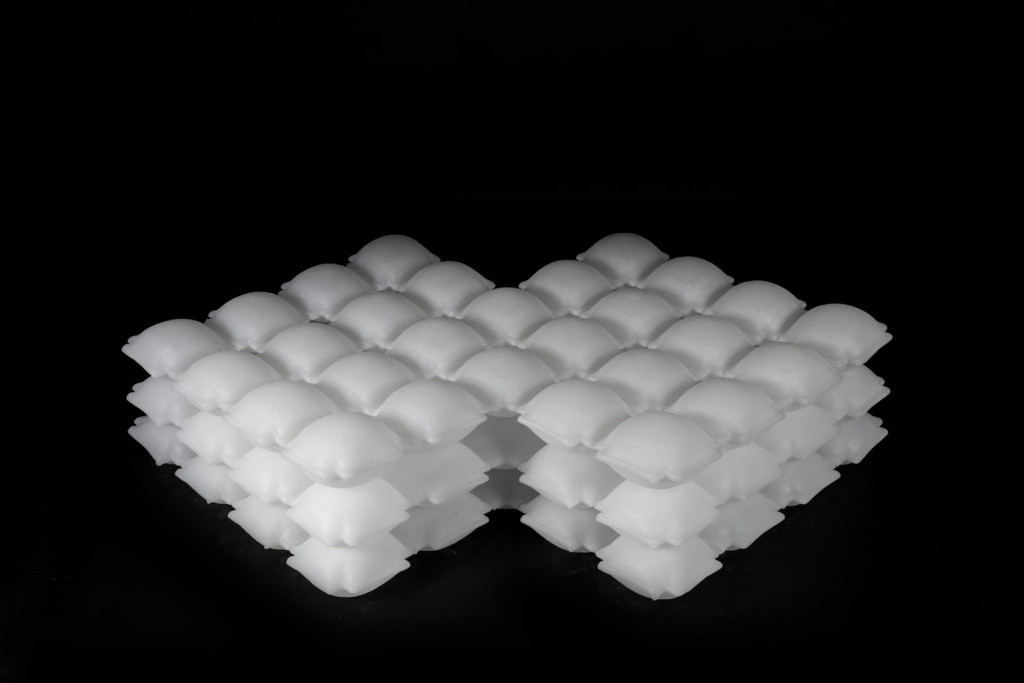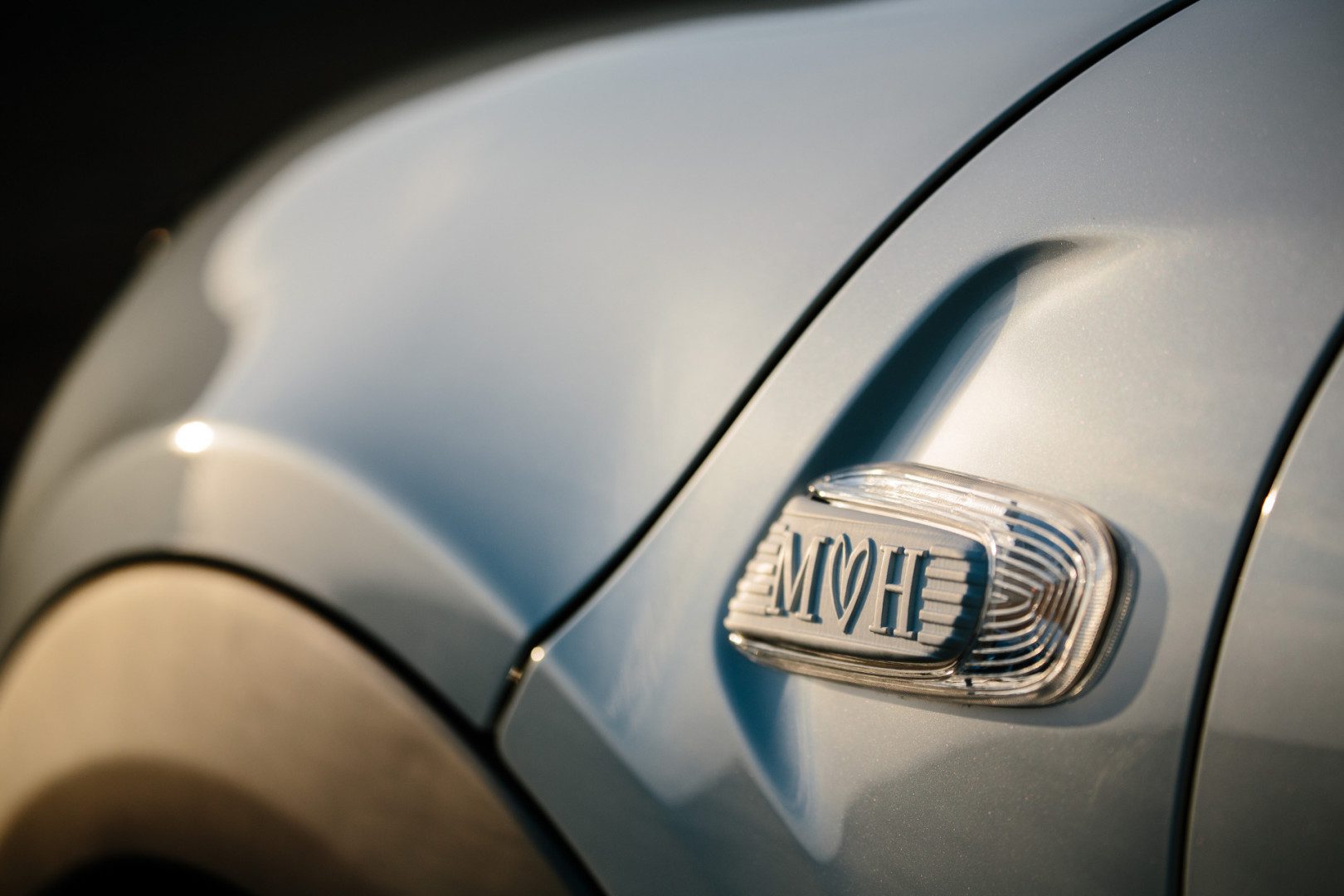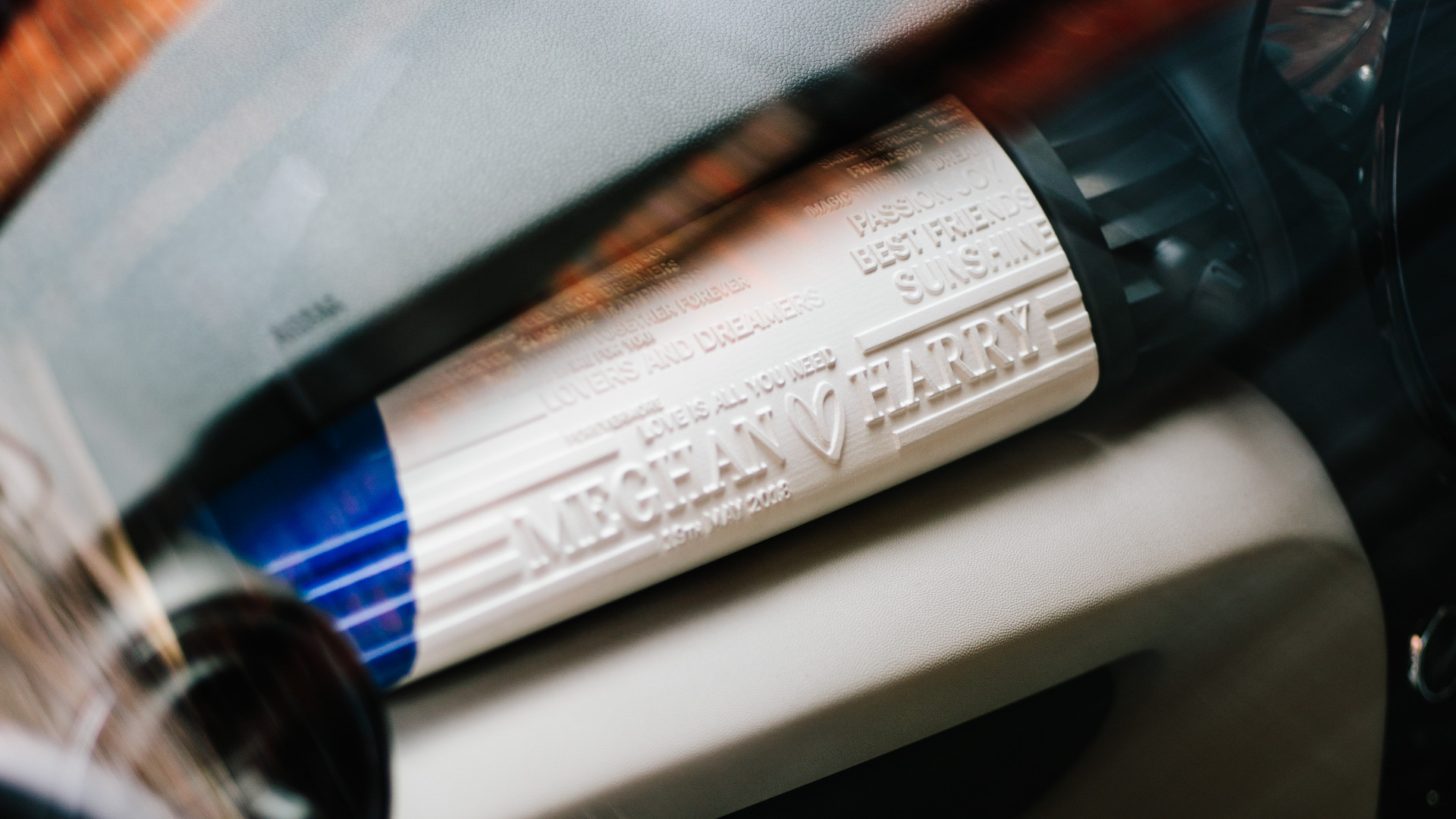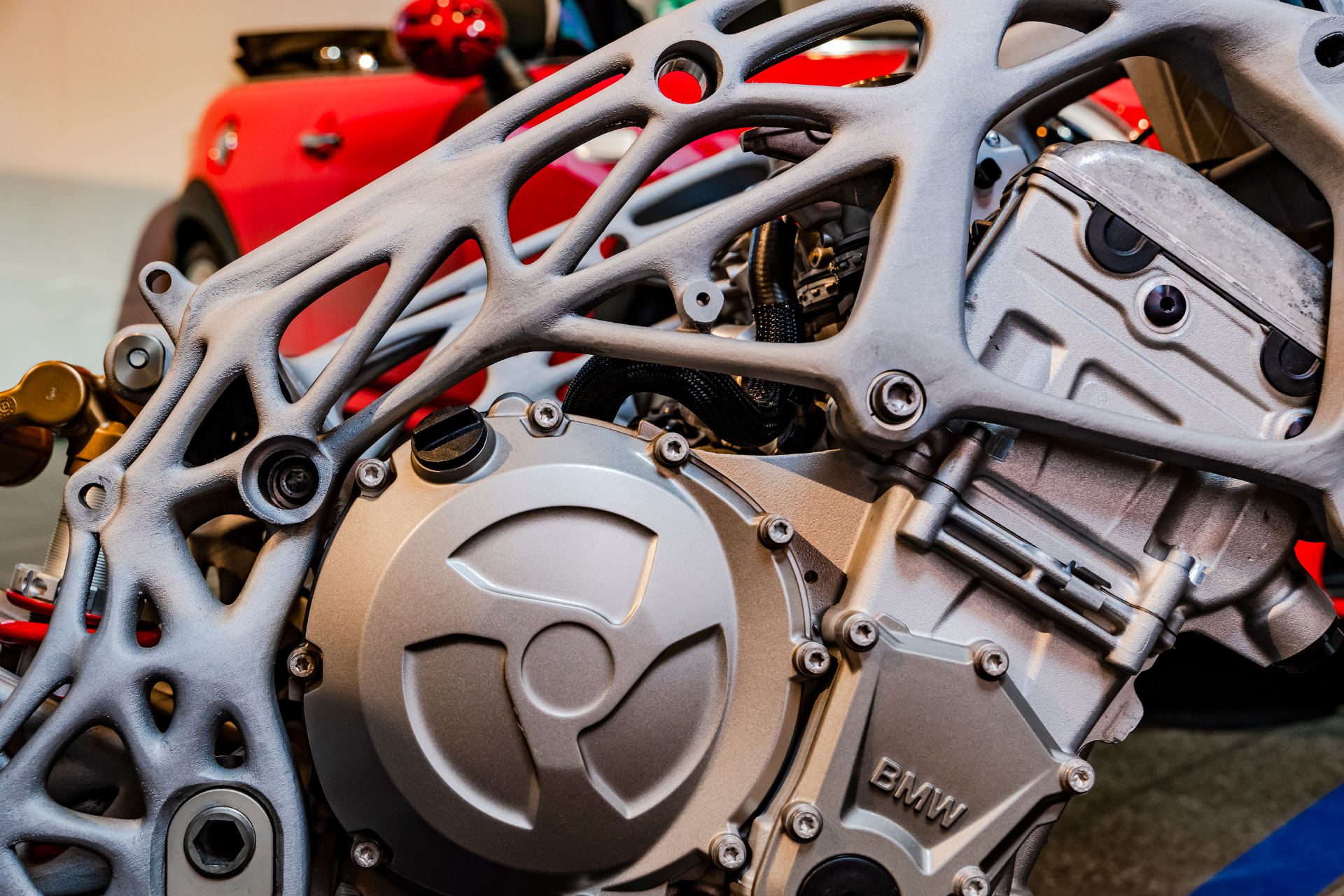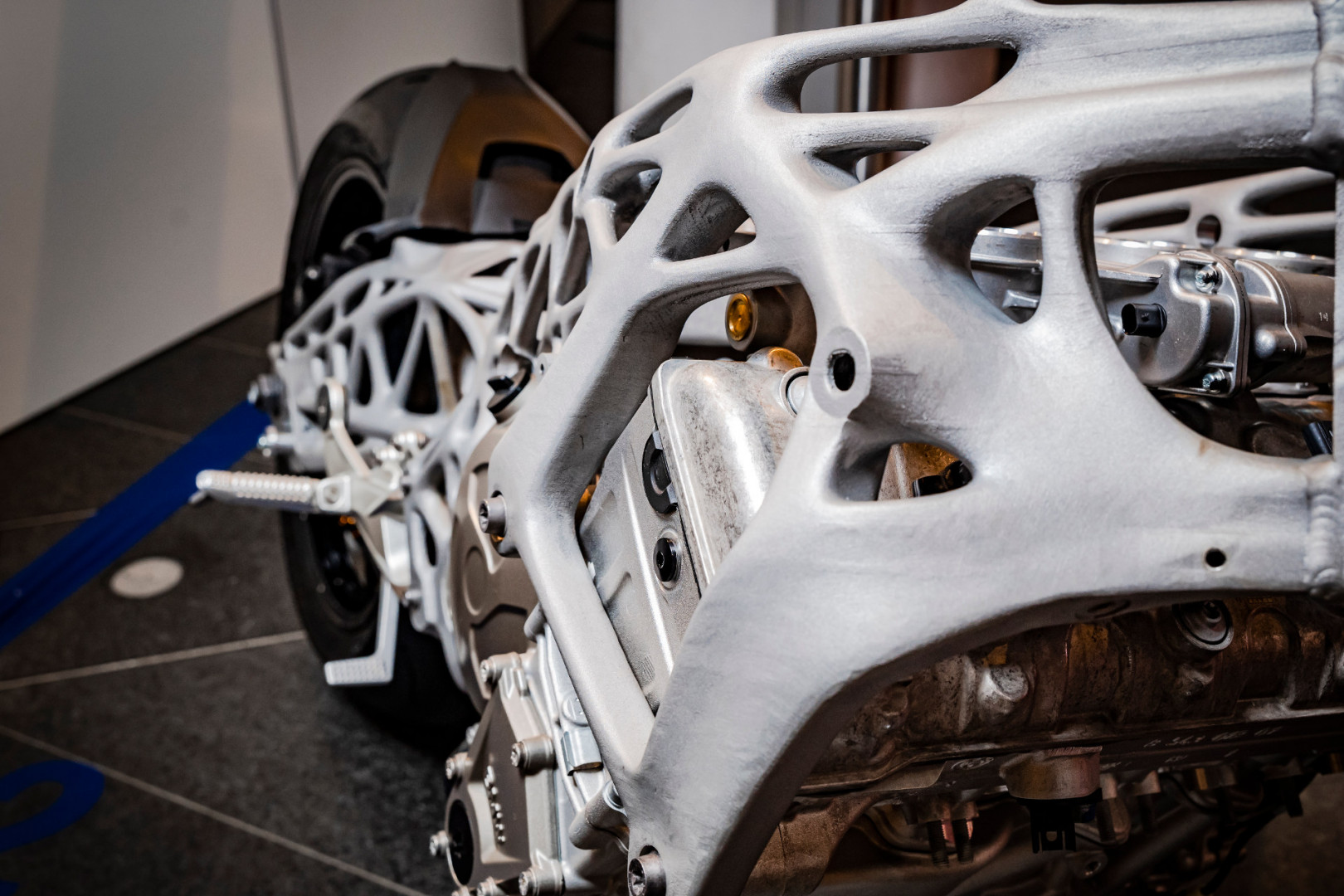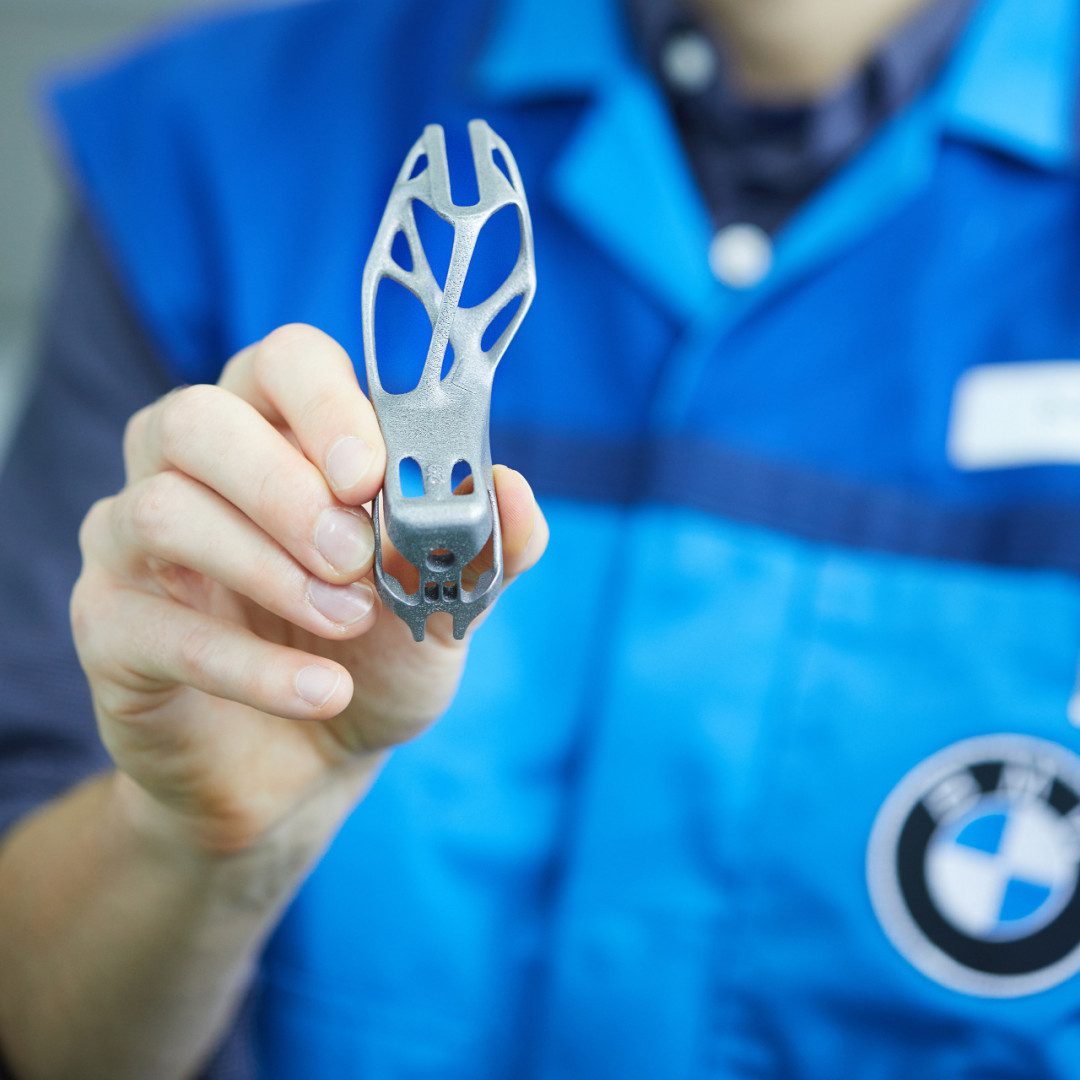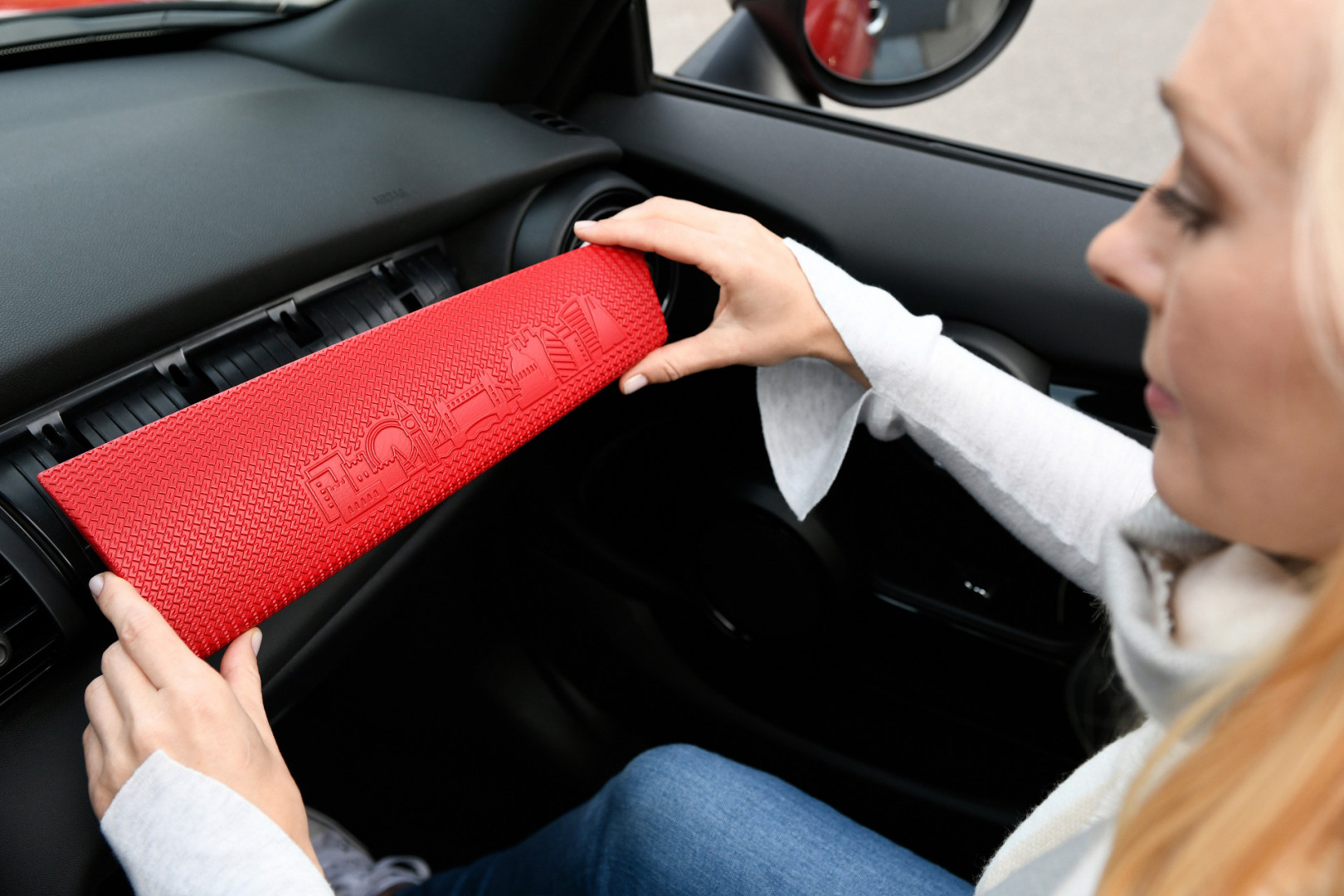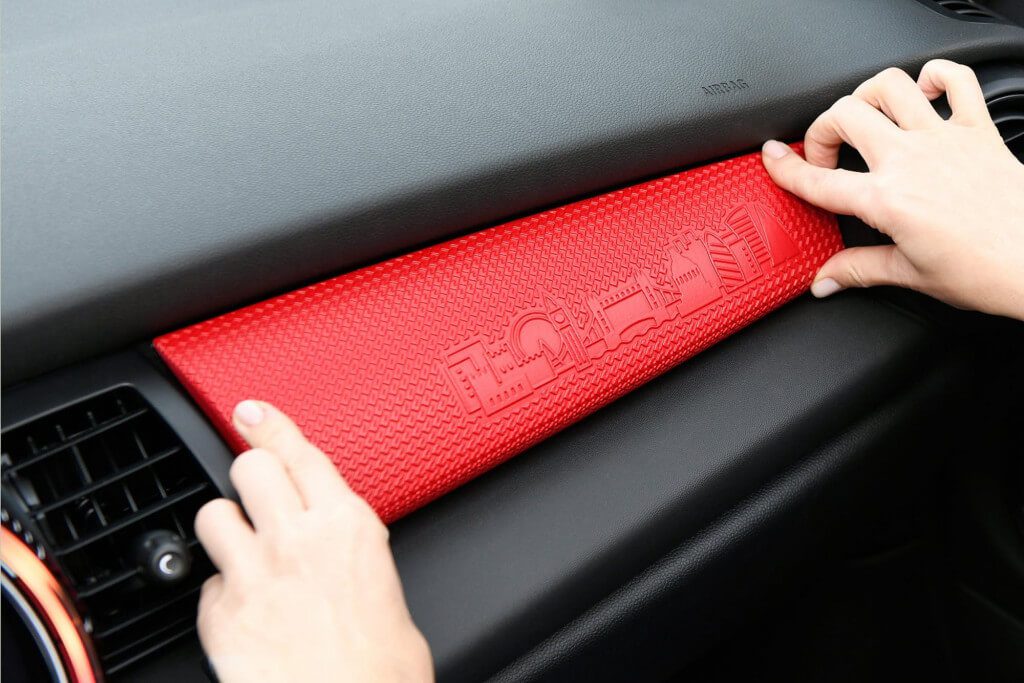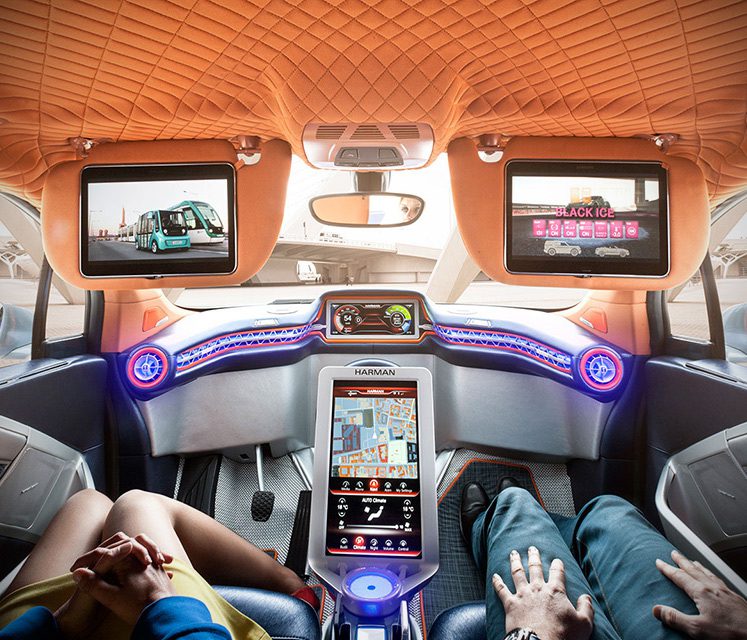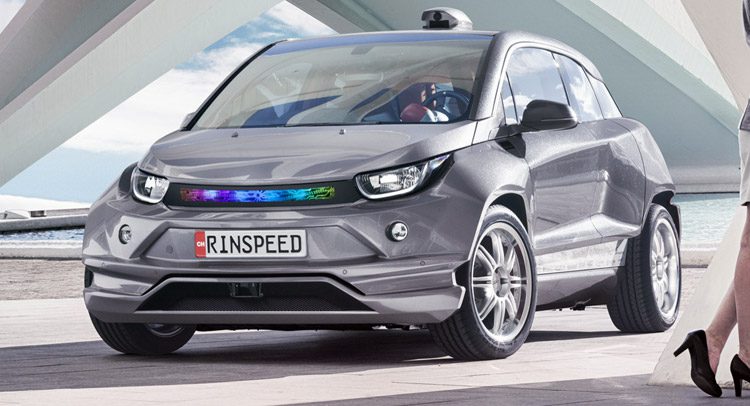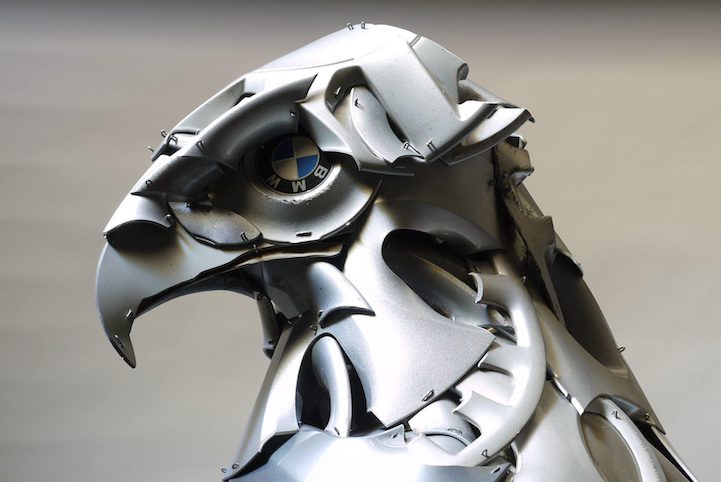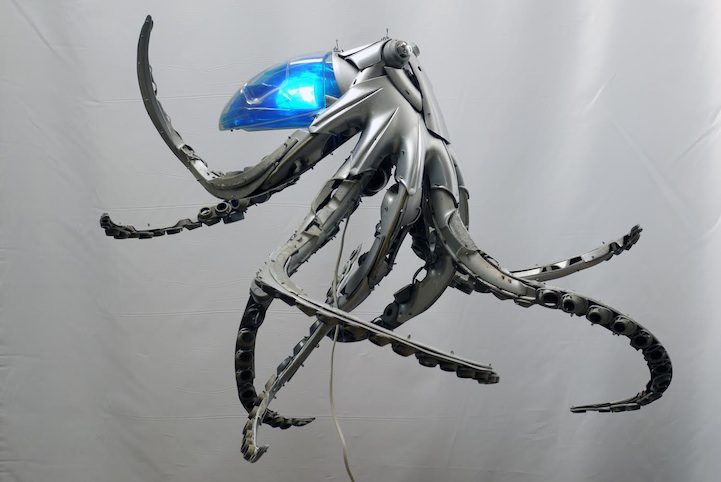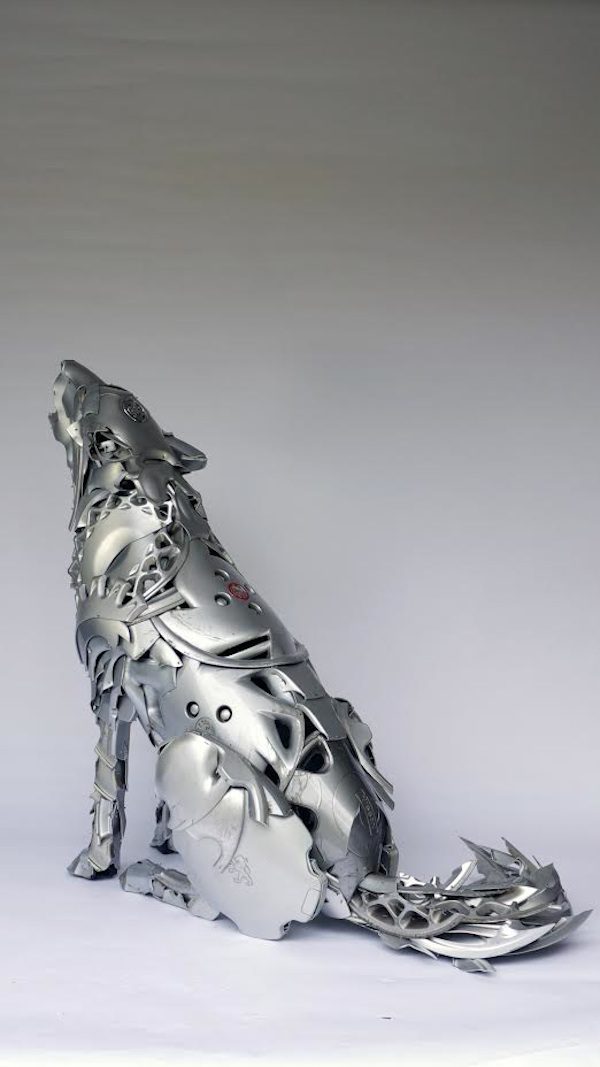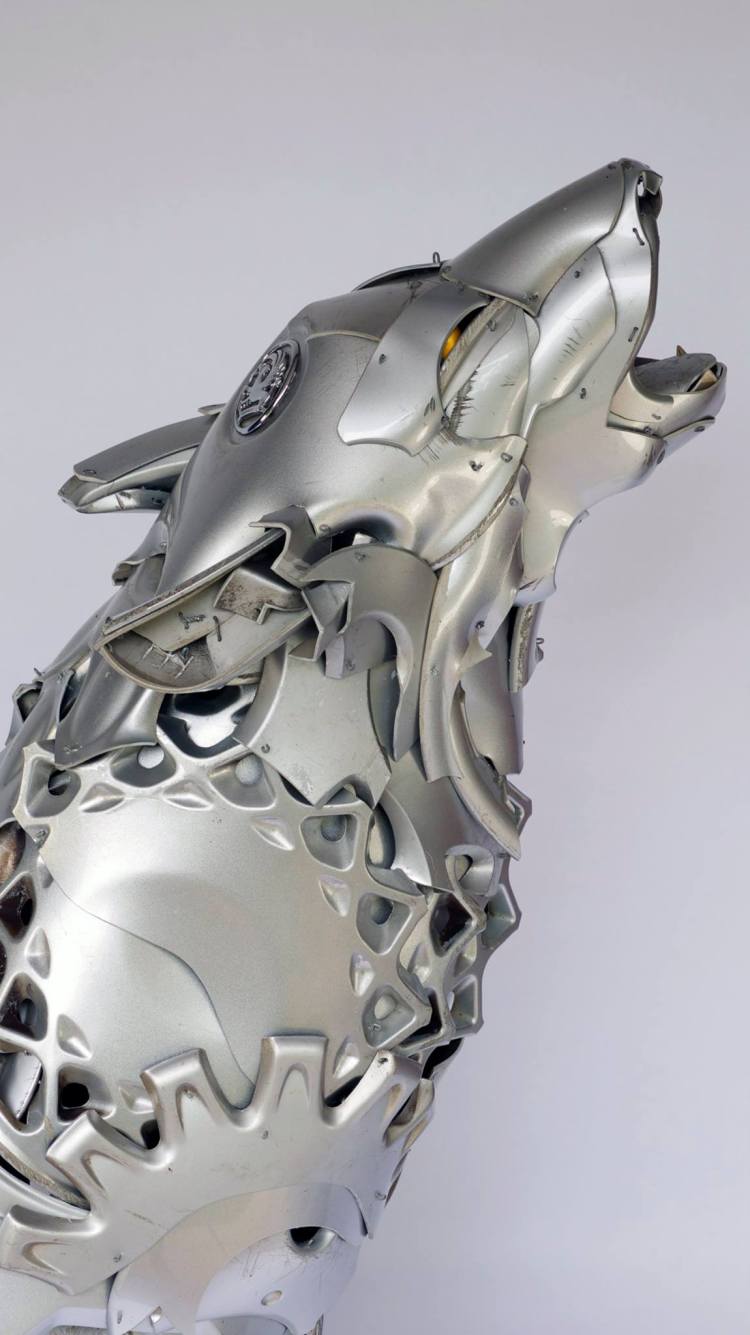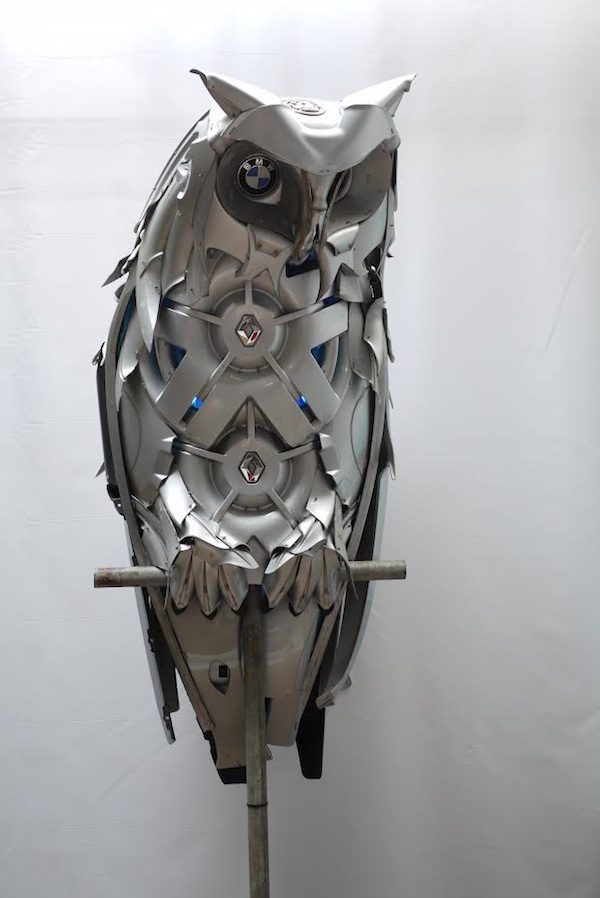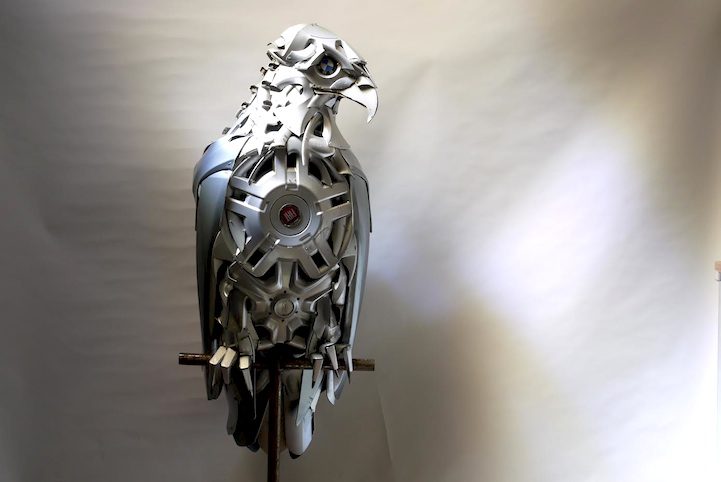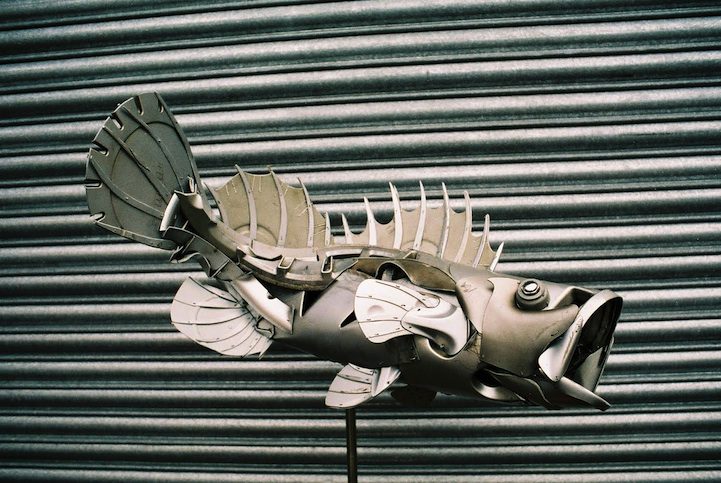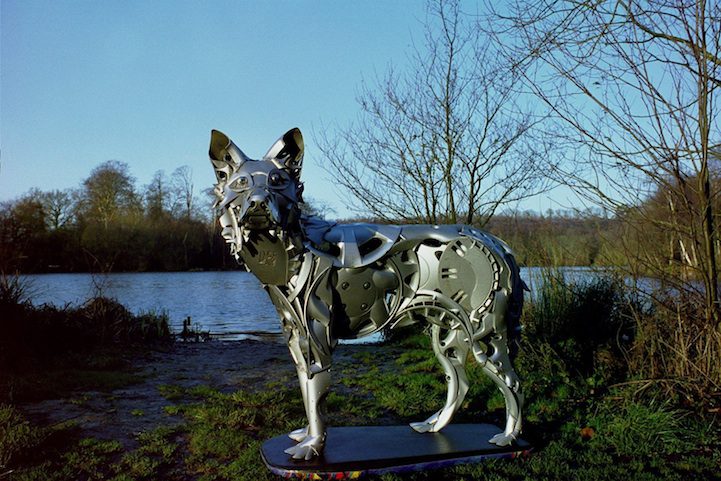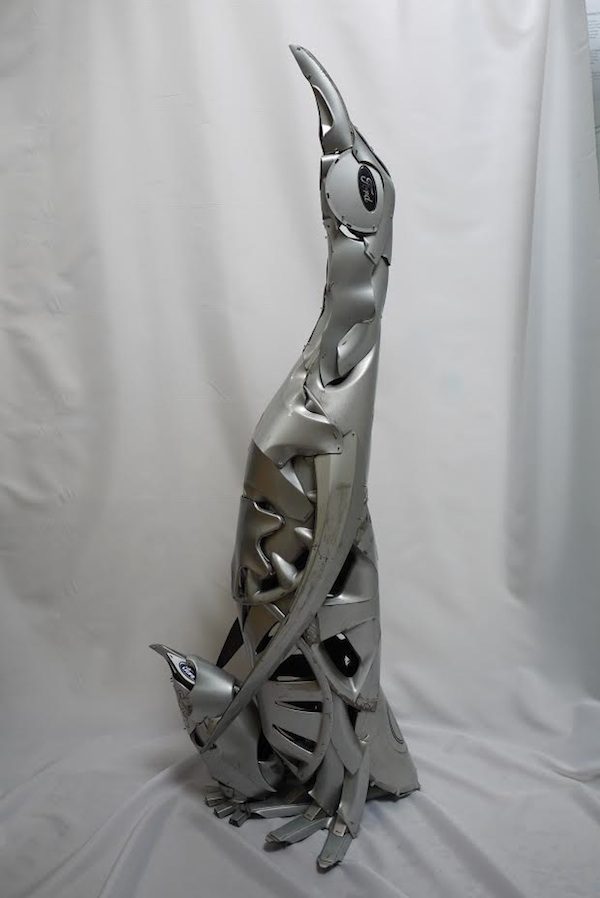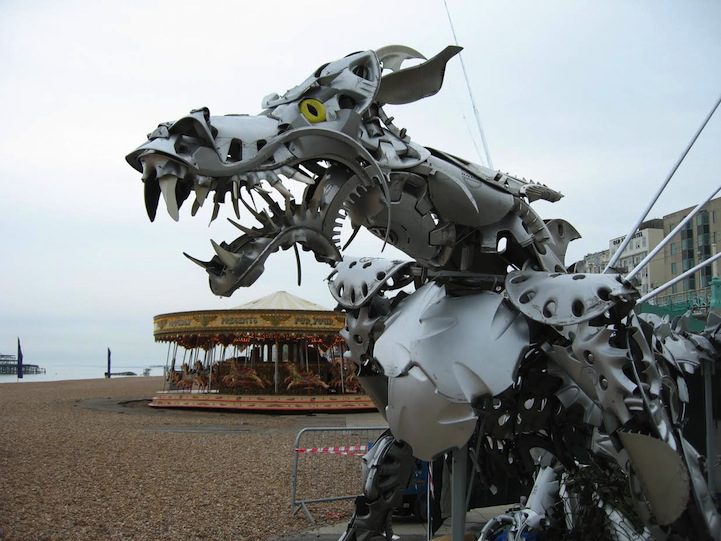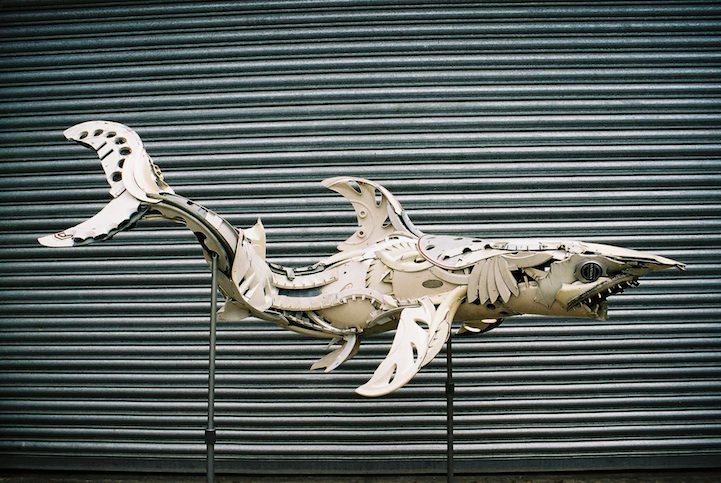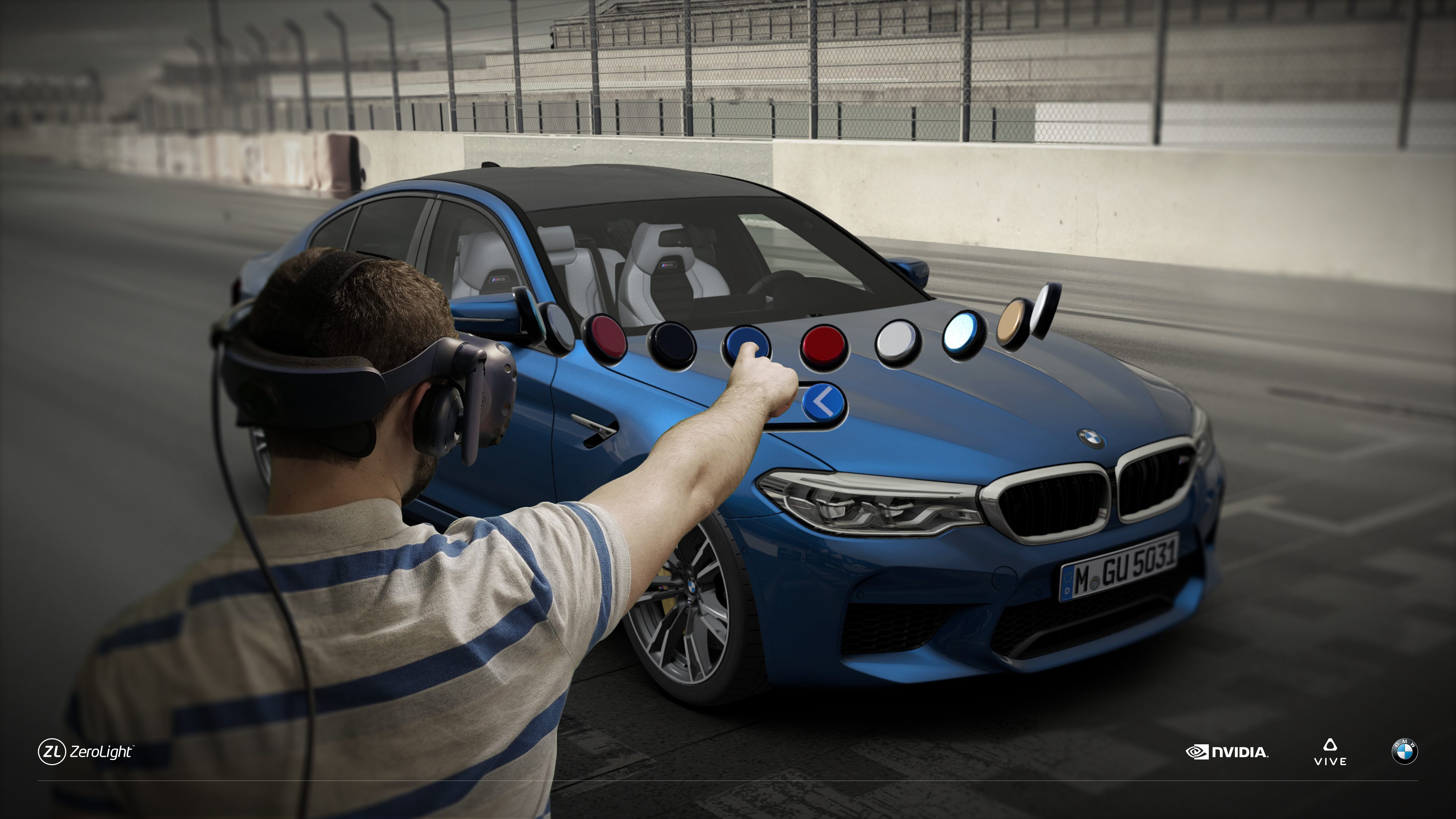
Discover how the German car giant leveraged precision eye tracking to reduce rendering workloads and overhead and capture better business intelligence.
[youtube https://www.youtube.com/watch?v=piflsDb02gc?feature=oembed&wmode=opaque&w=730&h=411]
“Now with improved visual quality and detailed customer behavior insights, the BMW M Virtual Experience is a powerful example of automotive marketing’s technologically advanced future. We are proud to see the impact this project’s continued progression has had both within our industry and beyond.” — Florian Stiller, Head of Event and Sportmarketing Central and Southeastern Europe, BMW Group
The BMW M Virtual Experience is a marvel of modern marketing. Originally developed by ZeroLight for use on VIVE Pro, it allows potential customers to configure, explore, and sit inside a simulated M5 in immersive virtual reality. Be it paint, wheels, or interior details, customers are free to customize the popular, high-performance sedan as they see fit. When their customization is complete, they can even get behind the wheel and interact with features such as the steering wheel, console, and trunk—all of which can be reached out and touched. And that’s not all: when customers are ready, they can take it for a test drive on The Circuit De La Sarthe, one of the world’s most famous race tracks. After the experience is complete, each customer receives a personalized microsite of their unique customizations, a 360⁰ turntable to see it from all angles, and even beauty shots for good measure.
This exhilarating, comprehensive approach to product discovery is primed to change the way people buy cars. And as more and more brands move to cutting-edge experiential marketing to enhance product experiences, BMW and ZeroLight will be at the forefront with VIVE Pro Eye and its precision eye tracking.
How does precision eye tracking improve visualization quality performance? With foveated rendering, a cutting-edge virtual reality feature that enhances resolution in the users’ point of focus and reduces it in the periphery. By following users’ eyes in real time, BMW and ZeroLight can gather data on where they are looking and just as importantly, where they are not. Working in conjunction with NVIDIA’s Variable Rate Shading (VRS) technology, rendering workloads can then be allocated to the greatest importance. As this process mimics the function and design of the human eye, all customers will notice is a sharper, more realistic image while everything else blurs unnoticed in the background.
While the benefit to the user is apparent, there’s also a significant one for BMW and ZeroLight: as rendering workloads are concentrated to the user’s line of sight, overall rendering workloads are reduced. By providing better performance with less processing horsepower, VIVE Pro Eye empowers organizations like BMW and ZeroLight to increase visual fidelity without the need for more graphical resources.
Want to learn more about foveated rendering on the VIVE Pro Eye? Please visit ZeroLight’s tech blog.
Precision eye tracking also enables BMW and ZeroLight to capture real-time analytics and make more data-led business decisions. How? By seeing what users see and when, they can go beyond assumptions and approximations about user experiences with quantifiable insights. At CES 2019, when testers completed the optimized BMW M Virtual Experience, they received a heatmap and graphs of where they focused most and for how long.
With this depth of business intelligence and candid user feedback, BMW and ZeroLight can better understand user behavior and intent and come to stronger conclusions about their product. Plus, eye tracking at this level allows for opportunities to improve products in development, identify potential challenges, and upsell through the experience.
BMW and ZeroLight know how to engage today’s customers. They make look it easy, but it isn’t; as any organization knows, creating compelling, unforgettable experiences for customers is work that never ends. VIVE Pro Eye is here to help. It already has by elevating a state-of-the-art experience with improved visuals, optimized rendering workloads, and deeper understanding for one of the world’s largest premium car brands. What can it do for you?
Website: LINK




